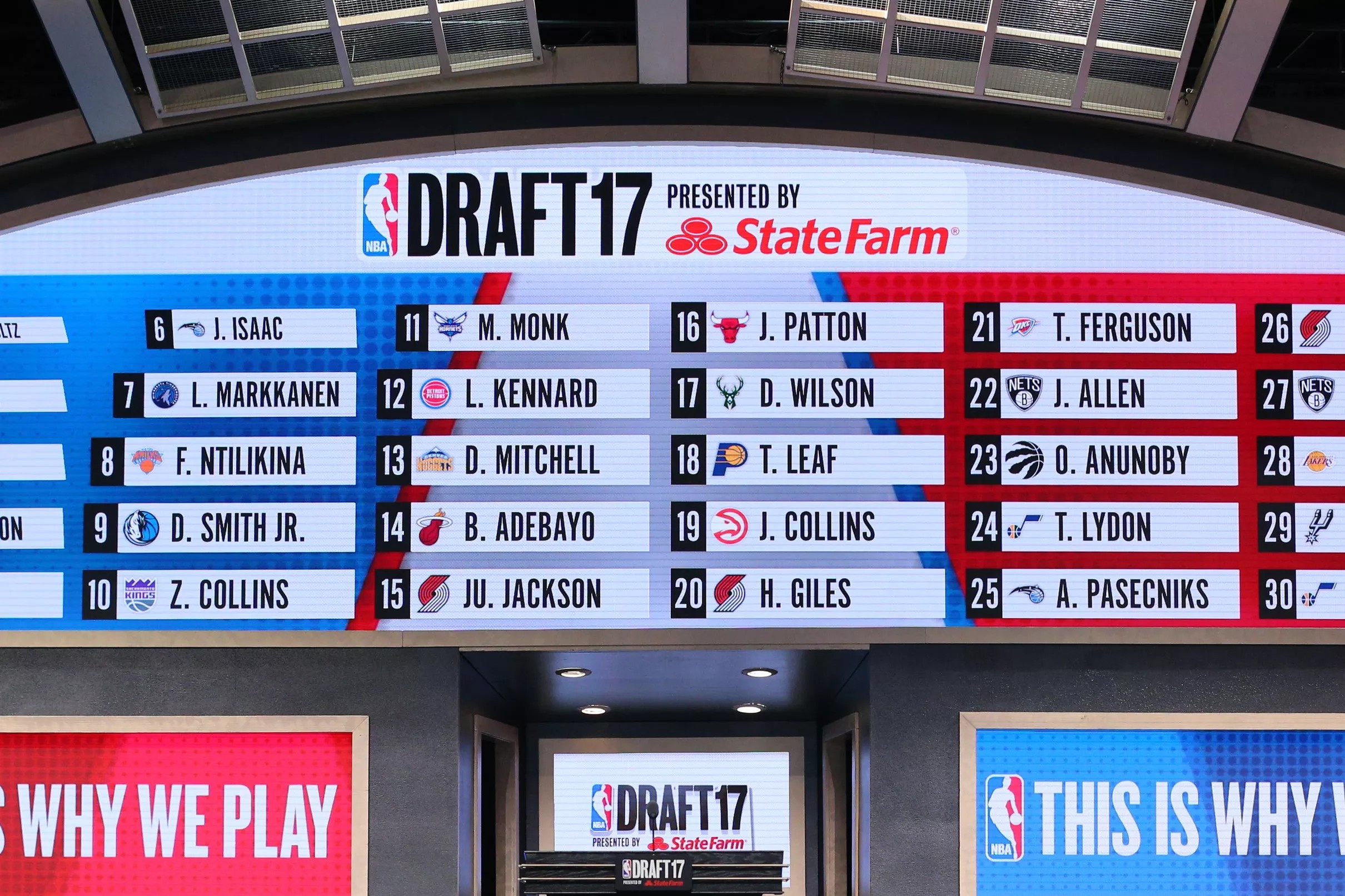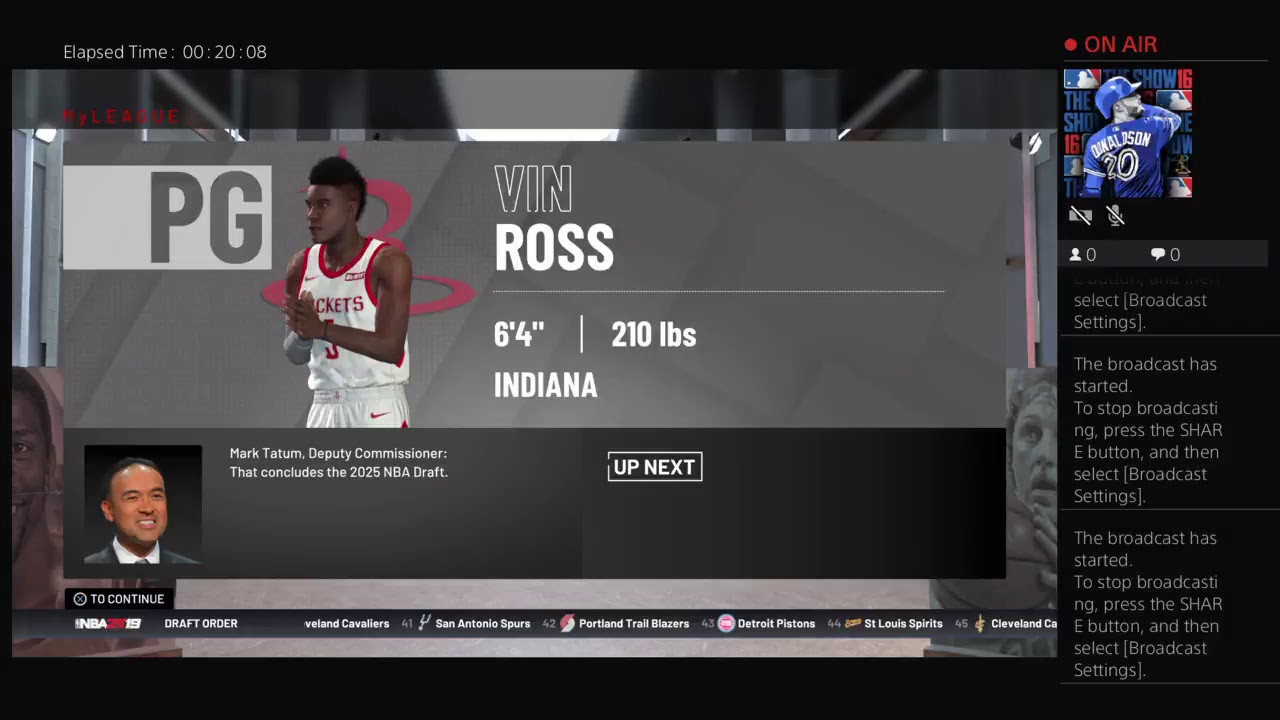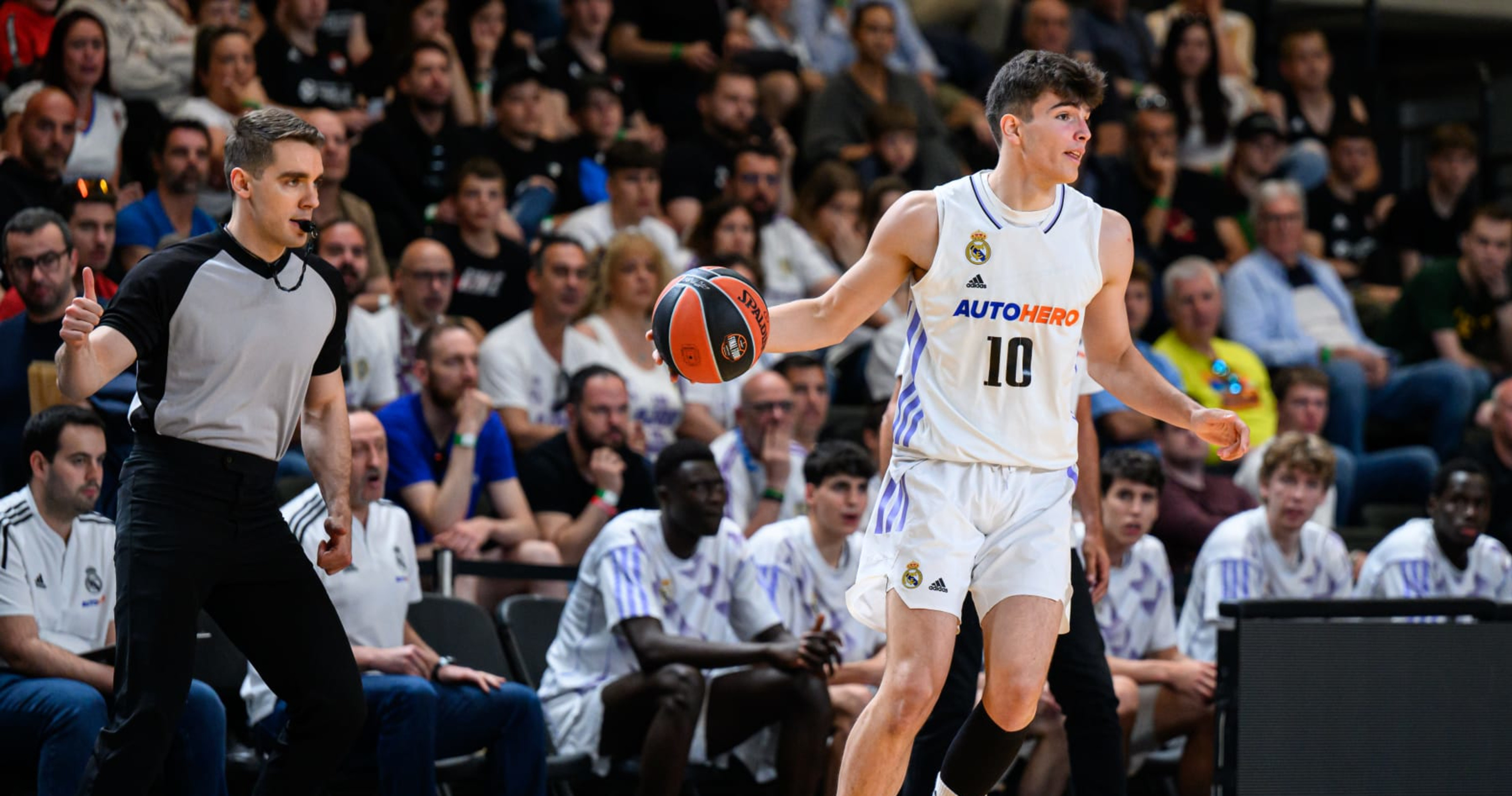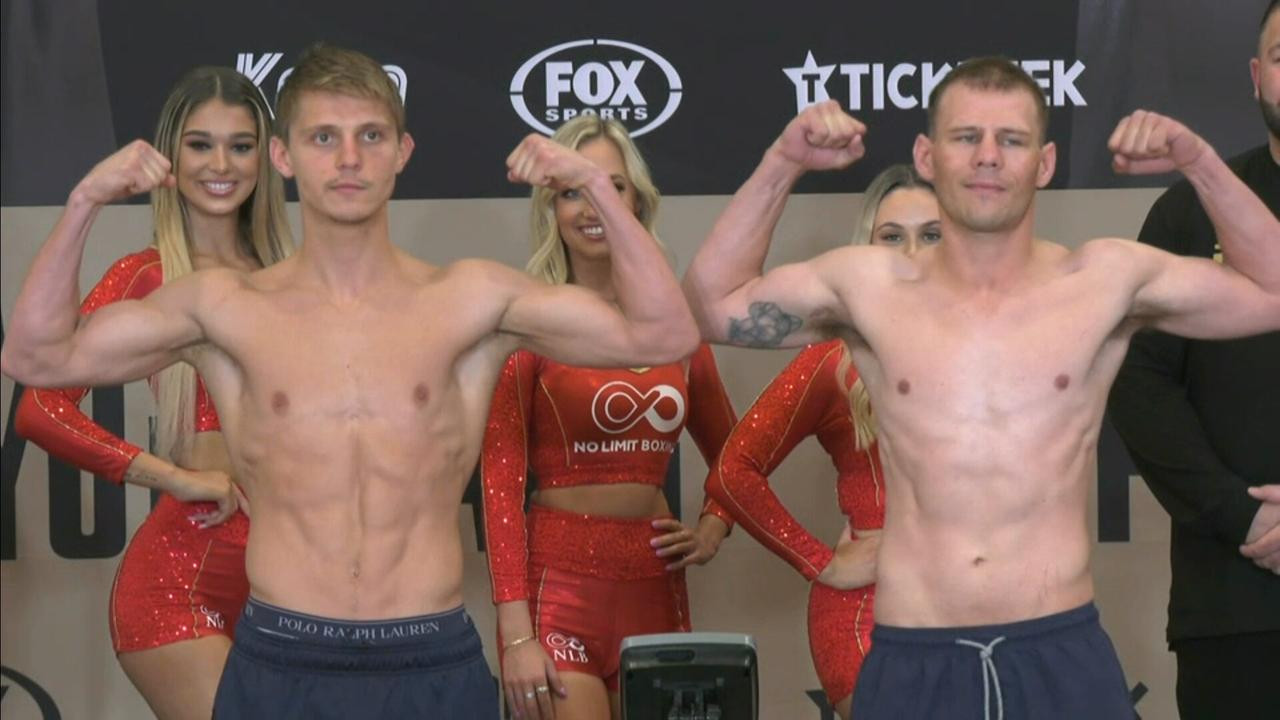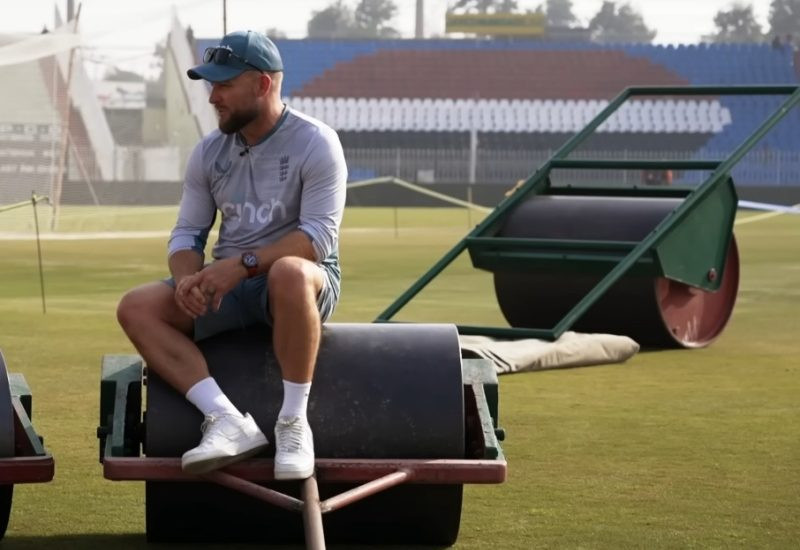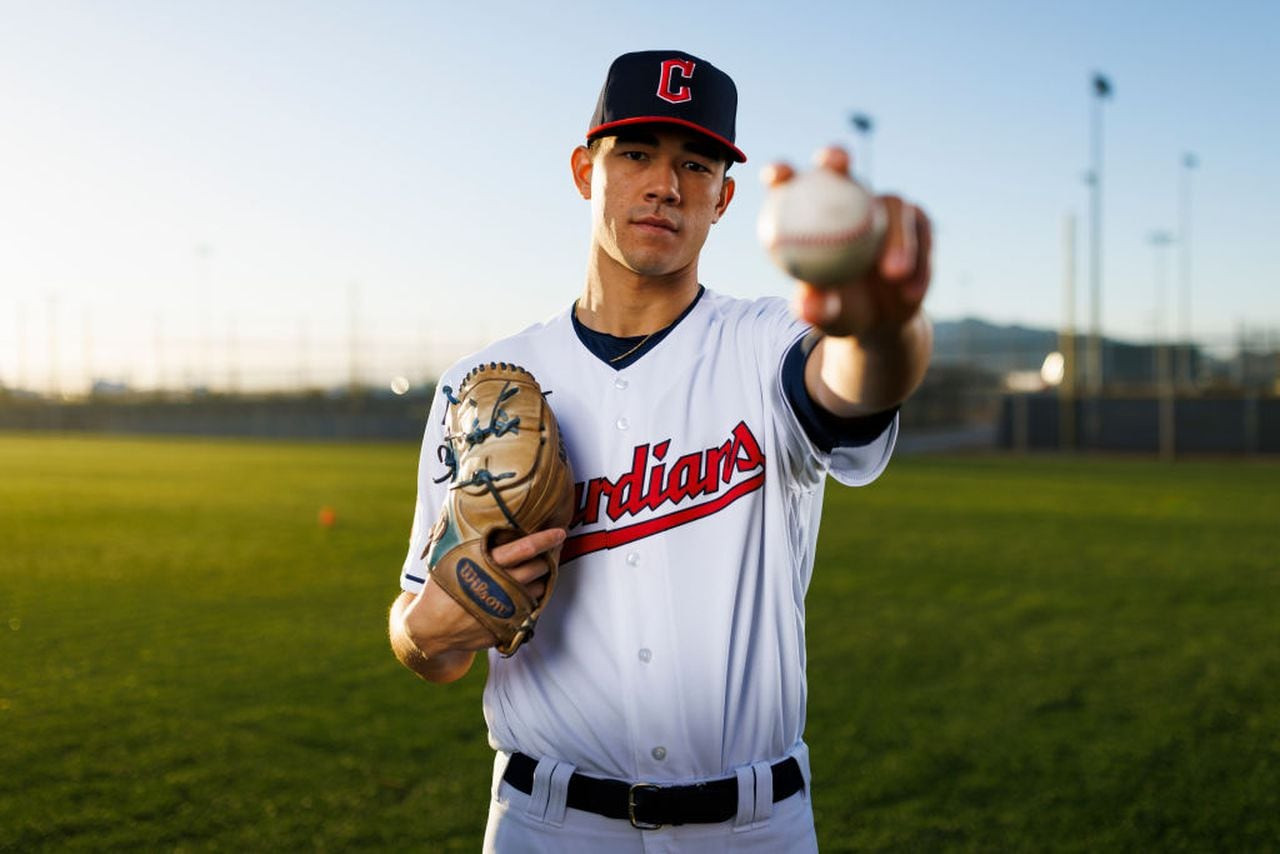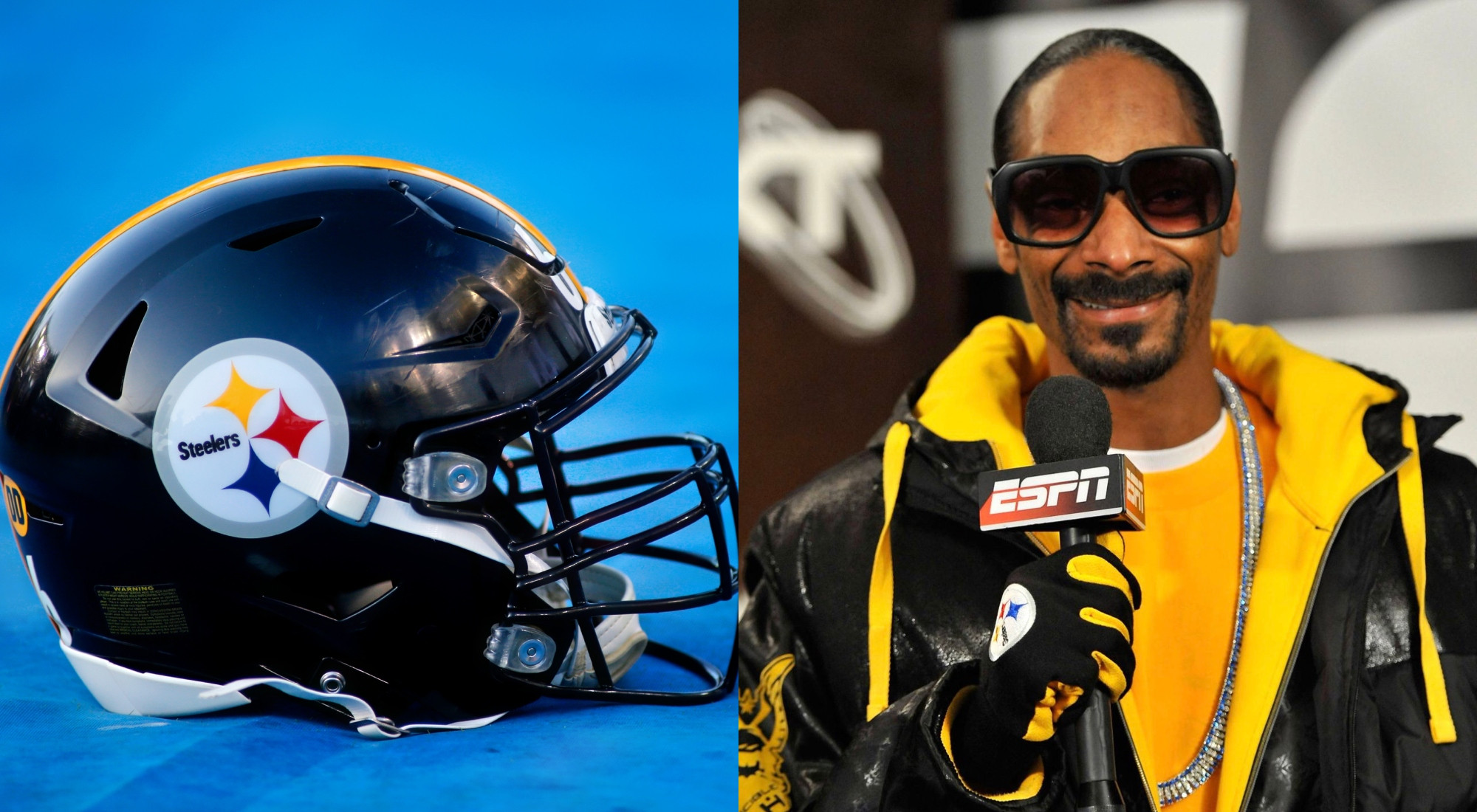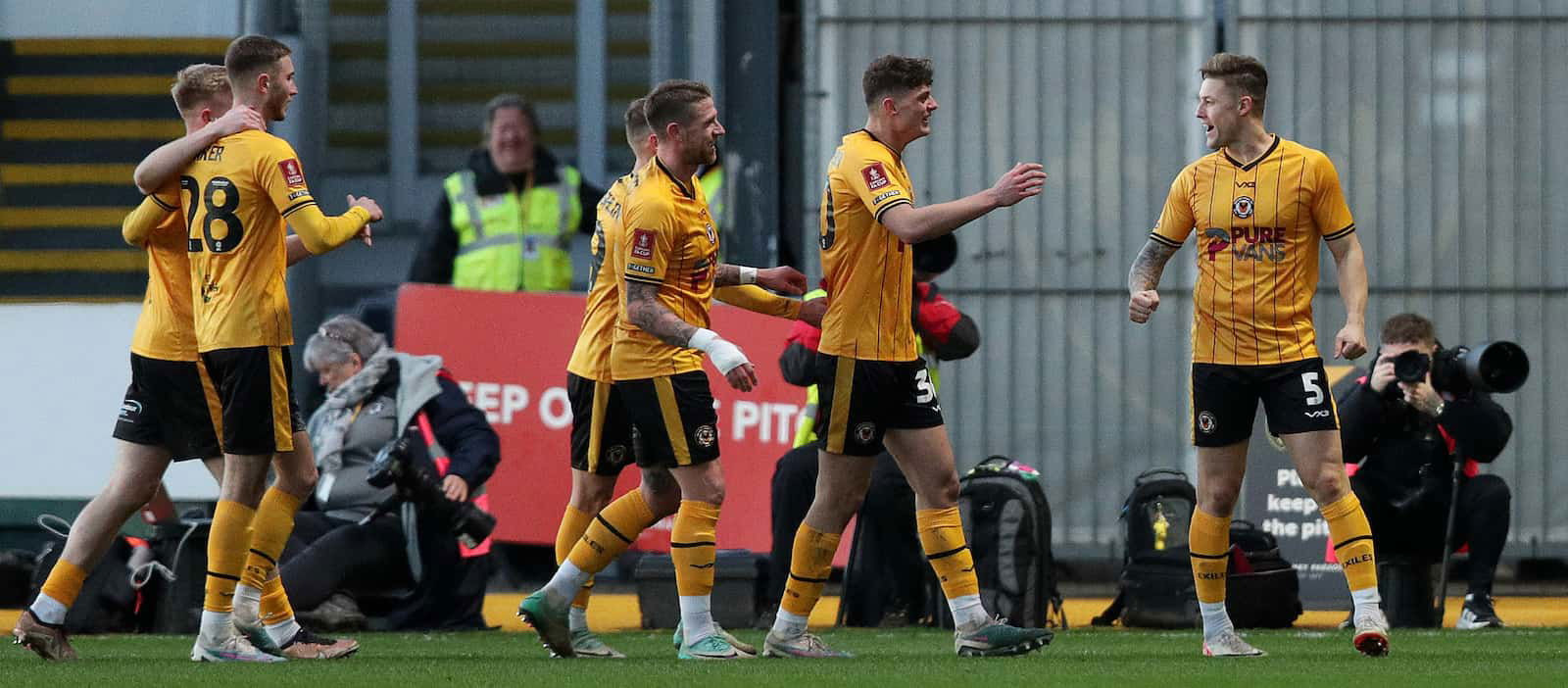The NBA is already keeping a close eye on lottery odds ahead of next year’s draft. But Cooper Flagg isn’t the only premier player to be had. Here are five big questions scouts and draftniks are mulling over as the best prospects begin to square off against one another.
Not sure which ones to keep tabs on as the college basketball season ramps up, starting with this week’s Champions Classic? We’ve got you covered below, with the five most pressing questions scouts and draftniks will be asking while closely watching the NCAA this draft cycle. (The international crop is interesting in its own right, but we’ll get to that another time.)
Will Cooper Flagg Be the Best Player in This Draft Class?
The shorter answer is yes, but there are some caveats.
I dived deep into my thoughts on Flagg in a video that I released in September, before he’d played a second of basketball for Duke. While I’d still love for you to watch the video, the yada yada of my takeaway is that while there are unanswered questions about Flagg’s offensive ceiling, because he does a bit of everything, this guy fits on any team. Need some perimeter size and athleticism? Awesome, have some Flagg. So-so rim protection at the 5 and could use a weakside shot blocker to help? Have some Flagg. Ball sticking in your offense? Need a smart cutter who can connect to the opposite side of the floor or throw lobs? Here’s a prescription for several hundred milligrams of Flagg (not to be mixed with alcohol).
Most teams assume that they need to find an offensive engine before figuring everything else out. The reality is that every Batman sorely needs a Robin. Every Coen brother needs ... well, another Coen brother. The winning in Michael Jordan’s career is inextricable from Scottie Pippen. These are extreme examples, but you get the idea.
My hunch is that Flagg is that Pippen-esque elite supportive piece who has something to add in nearly every area, with the chance to mature into something more. The question to weigh against that idea is whether there is a player in this class that is a more certain bet to be an elite primary option on offense. That’s what we’ll be monitoring.
Who Will Be the Best Point Guard in the 2025 NBA Draft?
It’s possible that the two most likely candidates are on the same Rutgers team: Dylan Harper and Airious “Ace” Bailey.
Dylan Harper is the son of five-time NBA champion Ron Harper and the younger brother of Ron Harper Jr., who’s grinding away for the Maine Celtics in the G League. Dylan projects as the stronger prospect in the family—he was a consensus top-five player in his class and is a shade taller than his older brother.
Harper the Younger is a sturdily built lead guard who has little issue driving through the chests of on-ball defenders, although I have questions about that translating seamlessly to the next level. He’s not especially wiggly or overly creative as a ball handler, but that in and of itself shouldn’t be seen as a disqualifying factor. Harper could very well thread the needle between Cade Cunningham’s size and pace with the ball and improve on it with a scoring package that is eerily reminiscent of Jalen Brunson at times. While finishing and playmaking craft off of one foot has become en vogue, Dylan can do both in the middle of the floor playing off of two feet, which provides a stronger base. This play in particular is incredibly impressive for a player who turns 19 in March—watch the way he stutter rips here to open a driving lane to his right, fakes a spin back to his left to get his defender behind, jump stops, and pivots off his left foot to step back the big and finish with his left hand. He’s also an invested defender, which sets him up to fit the mold of some trends that we’ll discuss later.
Bailey, the 6-foot-10 scorer from Chattanooga, Tennessee, is the other intriguing freshman at Rutgers, the kind of sizable offensive weapon that lottery teams and fan bases daydream about. The major selling point here is the cross section of legitimate NBA size and dynamic shotmaking, both off the bounce and from a standstill. The balance of that one alluring and at times overwhelmingly effective tool of creating his own shot whenever he damn well pleases and the real concern about how often and how effectively he can get off the ball reminds me a lot of the conversations that happened around Michael Porter Jr. several years ago.
The other possibility is a long shot, I admit, but I’m keeping an eye on Tre Johnson, the 6-foot-6 offensive dynamo starring for Rodney Terry at Texas this season. Johnson has had an interesting but familiar arc from his initial high school sample to now—early enthusiasm and then, inevitably, nitpicking as more and more tape on him accumulated. But he’s burst out of the gate as a wiry bucket getter with the look of someone who could become a legitimate shotmaker at the higher levels. I was blown away to see how much he’s improved his frame since the spring, looking much more filled out and comfortable operating in the middle of the floor, which could clear the way to improve his playmaking and finishing questions.
One final final wild card is the incendiary VJ Edgecombe—the 6-foot-5 guard who lit the draft internet on fire this summer while starring for the Bahamas in the Olympic qualifying games. Edgecombe, who’s playing at Baylor this season, is arguably the best perimeter athlete in the class. His streaking explosions to the rim are confounding, both in transition and in the half court, but he can put on the Superman cape and go to places that others just cannot because of his speed. The ball skills are going to be a real point of debate as this season unfolds, and that could dictate whether he’s a surefire top-three pick or someone who slips to later in the lottery.
Is This the Year That John Calipari Finally Leaves Kentucky for Good?
John Calipari has essentially uprooted his entire operation from Kentucky, root and stem, and replanted it in Fayetteville. He reassembled the gang, bringing Kenny Payne (after one of the worst return-to-alma-mater experiments in history at Louisville) and Brad Calipari, his son, back into the fold, as well as Kentucky mainstays Bruiser Flint, Chin Coleman, and Chuck Martin. I have no idea how the wins and losses will shake out at Arkansas. My best guess is that this initial Hog squad could be challenged by some of the issues that have troubled Coach Cal teams in recent years—dependence on inexperience in an increasingly experienced high-major environment, and a cluster of bucket-getting guards not known as natural ball movers who could find themselves on the wrong side of shooting variance at critical times.
That said, there’s plenty of NBA and potentially lottery talent on this Arkansas team.
I’m pretty fascinated by the potential range of outcomes for this team. A decade from now, this roster could have as many as six credible NBA players on it … or it could have none.
Is Tyrese Proctor Ready to Be a Top 10 Pick?
The strength of this roster is in its daunting size in the 3-5 spots, with Khaman Maluach, Flagg, and Knueppel. Their three-man actions will torment defenses all season long, but the long-term effectiveness of that idea could come down to how much respect Tyrese Proctor and sophomore Caleb Foster can muster on a consistent basis. Moving Knueppel into that primary handler role could give the Blue Devils a real dribble pull-up threat who could lift Duke’s pickup point and make its perimeter size even more difficult to contain. You can already imagine the problems that he’ll create for defenses in ball screens; now imagine the headache that he’ll cause when he gives the ball up after the initial action and then comes off a screen.
This situation reminds me a bit of Devin Booker’s heading into college. I’m not making a one-to-one comp, but Knueppel is also a highly skilled and dynamic movement shooter (this guy was in the 93rd and then 98th percentiles for all jump shots during his two EYBL seasons) with a solid frame (Kon is beefier and bigger than Book, but still) and a strong foundation of footwork in the midrange who can capably throw lobs and spray skip passes. Watch the way his shooting gravity and deliberate pace allow him to manipulate this situation—simply selling this rip-through and then gathering as if he’s going to pull the trigger brings both defenders to him and allows Mason Gillis to ghost this screen and relocate to the empty corner. Then Kon attacks and dumps the ball to Gillis, who cans the 3.
Year after year, we see tantalizing athletes and hope that these types of skills materialize in their games. Kon is displaying a lot of this stuff now; I’ll be watching how many opportunities Jon Scheyer and his staff give him to really let loose.
Can Egor Demin Carry a Team in the NBA?
Let’s talk shop for a second and get some strong statements off our chests. I’ll start, and then you guys can send me your tweets, passenger pigeons, whatever you’d like.
I think Demin, BYU’s 6-foot-9 slo-mo playmaker from Moscow, is quite possibly the most talented manipulative playmaker we’ve had in college basketball since Tyrese Haliburton left Iowa State in 2019. I also think he’s the most talented basketball player to wear the Cougars uniform since Danny Ainge. Jimmer Fredette was a shotmaker, I get it, but Demin’s command over the flow of the game is different.
Opinions on Demin to this point have been positive but guarded, yet the 18-year-old who last played for Real Madrid showed the entire repertoire in his debut earlier this month against Central Arkansas. He sold his shot high and then threw live-dribble darts to shooters low. He lofted lobs off the backboard in traffic—this was absolutely a pass—to his big. He caught the ball on the short roll and moved the low man with his eyes to open a kick to the corner for a 3. And if there’s a prospect in this class that has better overhanded pass touch and placement, I would love to see them.
I let out a yawp that scared the shit out of my dog as I was pulling clips from Egor’s first game under new BYU coach Kevin Young, who migrated to Provo from the Phoenix Suns. I concede the caveat that it was against a vastly inferior opponent; I just think the mental acuity of what went down in that game feels like it’ll translate to the rest of the schedule. Ignore the size of the opposition and observe the casual boredom that Demin exhibited as he yawned and made the correct decision on the first four pick-and-roll plays of the game, each with a different outcome.
The beauty here is that BYU’s transition to the Big 12 will provide Egor opportunities to be tested on both ends. I’m very eager to see what Kelvin Sampson and Bill Self draw up for him and how he handles it, not just on offense but on defense. It’s possible that we were seeing a lack of respect for the opponent, but the attention to detail from Demin was subpar at times. That will get tested in the Big 12, and it could put some stress on the idea that Demin is such an elite offensive player that his defensive issues can be tolerable on a winning team.
Will I be able to stop myself from getting overexcited? That’s the question. Better yet, I’ll ask a question that I should probably contemplate on Saturday nights while I’m tweeting and watching the Matrix sequels on YouTube TV: How high is too high? Demin is a prototypical bonus playmaker and scorer within an offense: He perhaps lacks the offensive assertiveness or toolbox to fully carry an elite offense, but he’s versed enough as a shooter and a reader of the game to hurt whatever the defense chooses to do.




